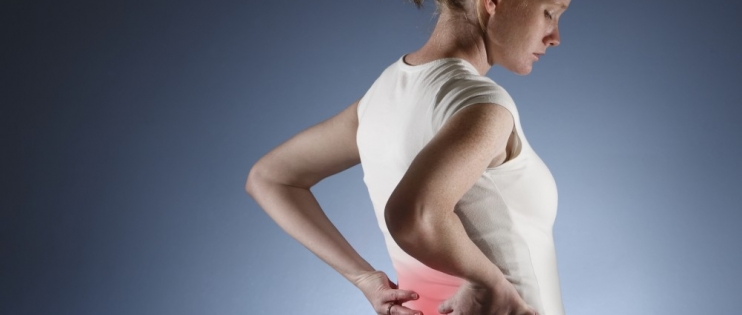Also called a “slipped” or “ruptured” disc, a disc becomes herniated when a portion of the jellylike center of the disc (nucleus) is pushed out into the spinal canal through a tear or rupture of the harder outer ring. Because there is limited space within the spinal canal – really just enough space for the spinal nerve itself – when the nucleus is pushed out, it presses on the spinal cord or nerve roots, causing pain and symptoms which can radiate and cause other symptoms in addition to the pain.
Herniated discs can occur in any part of the spine. Herniated discs are more common in the lower back (lumbar spine), but also occur in the neck (cervical spine). The area in which you experience pain depends on what part of the spine is affected. When they occur in the neck (cervical spine), the doctor may recommend an ACDF.
Vertebrae are the bones that form the spine in your back. The vertebrae are cushioned by small discs which are located in between each of the vertebrae (interverebrae). The discs are round and flat, with a tough, outer layer that surrounds a jellylike material which acts as a shock absorber for the spinal bones. The discs are held in place by thick ligaments.
While there are disc conditions related to spinal deformity such as scoliosis, most disc disease is related to aging. Statistically 25% of people show some disc degeneration in at least one area of the spine. After the age of 40, the incidence of disc degeneration visible on MRI rises to about 60%.
As we age, the disc begins to degenerate because the jellylike material dehydrates, decreasing the shock absorber quality of the disc. (This is one of the reasons humans shrink as we get older!) The thicker outer shell which surrounds the jellylike materials also becomes weaker, increasing the risk of tearing and there are also changes to the cartilage and bone in the vertebrae as well.
These degenerative changes to the intervertebral discs may be a cause of those back twinges we all feel as we get older, or it can be the cause of significant pain and debility – particularly as the result of an injury or accident.
To learn more, click here.

